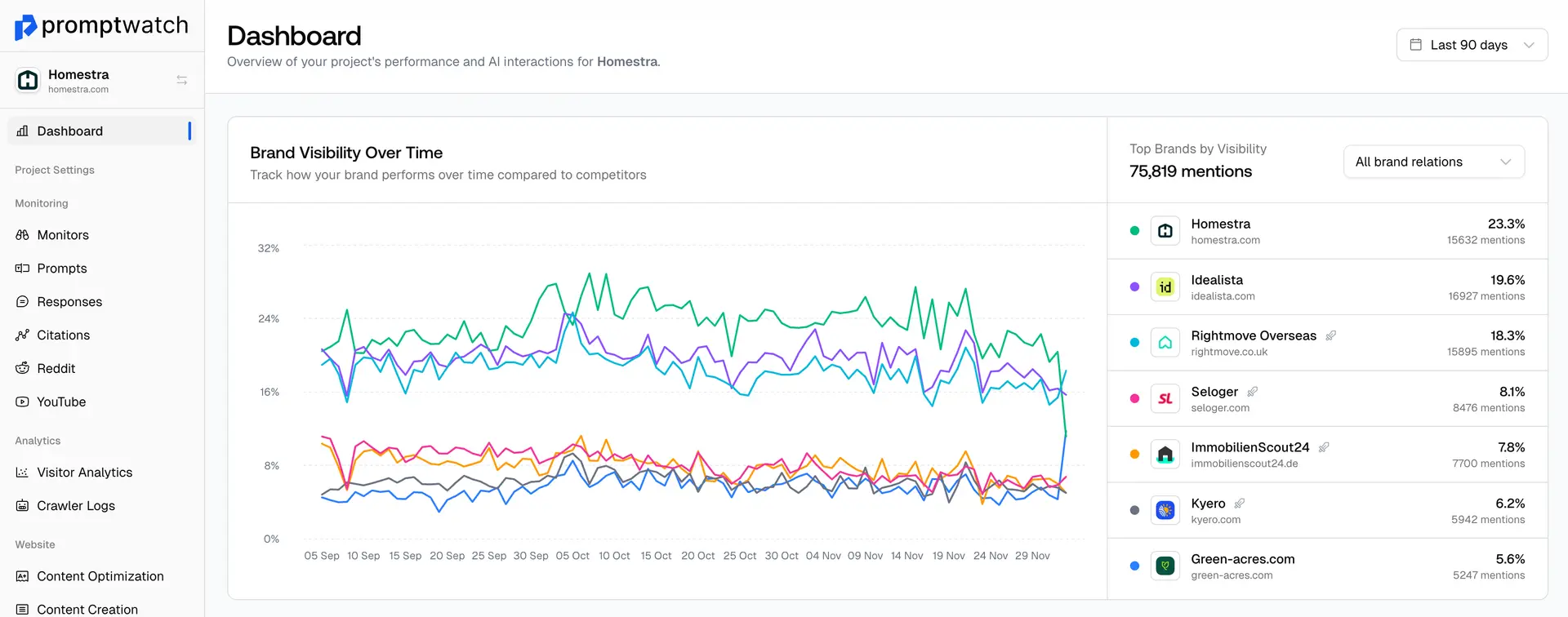Definition
XML Sitemaps are structured files that provide search engines with a roadmap of all the important pages on a website, helping crawlers discover and index content more efficiently. Written in XML format, sitemaps list URLs along with metadata such as last modification dates, change frequency, and relative priority of pages.
While search engines can discover most content through internal linking, XML sitemaps ensure that all important pages are found, particularly new content, deep pages, or sites with complex structures. Sitemaps can include different types of content including web pages, images, videos, and news articles, each with specific formatting requirements.
For AI-powered search and GEO optimization, XML sitemaps are crucial because they help ensure AI systems can discover and access all relevant content when crawling for information to cite or reference. Well-structured sitemaps can improve the likelihood that important pages are found and indexed by both traditional search engines and AI crawling systems.
Best practices for XML sitemaps include listing only canonical URLs, keeping sitemaps under 50,000 URLs or 50MB, using proper XML formatting and encoding, including only publicly accessible pages, regularly updating sitemaps when content changes, and submitting sitemaps through Google Search Console and other webmaster tools. Large sites should use sitemap index files to organize multiple sitemaps, and dynamic sites should generate sitemaps automatically to ensure they stay current.
Examples of XML Sitemaps
- An e-commerce site creating separate sitemaps for products, categories, and informational content to help search engines understand site structure
- A news website using automated sitemap generation to ensure new articles are quickly discovered and indexed by search engines
- A large corporation creating sitemap index files to organize sitemaps for different sections like products, support, and company information
- A blog using plugins to automatically update XML sitemaps whenever new posts are published or existing content is modified
